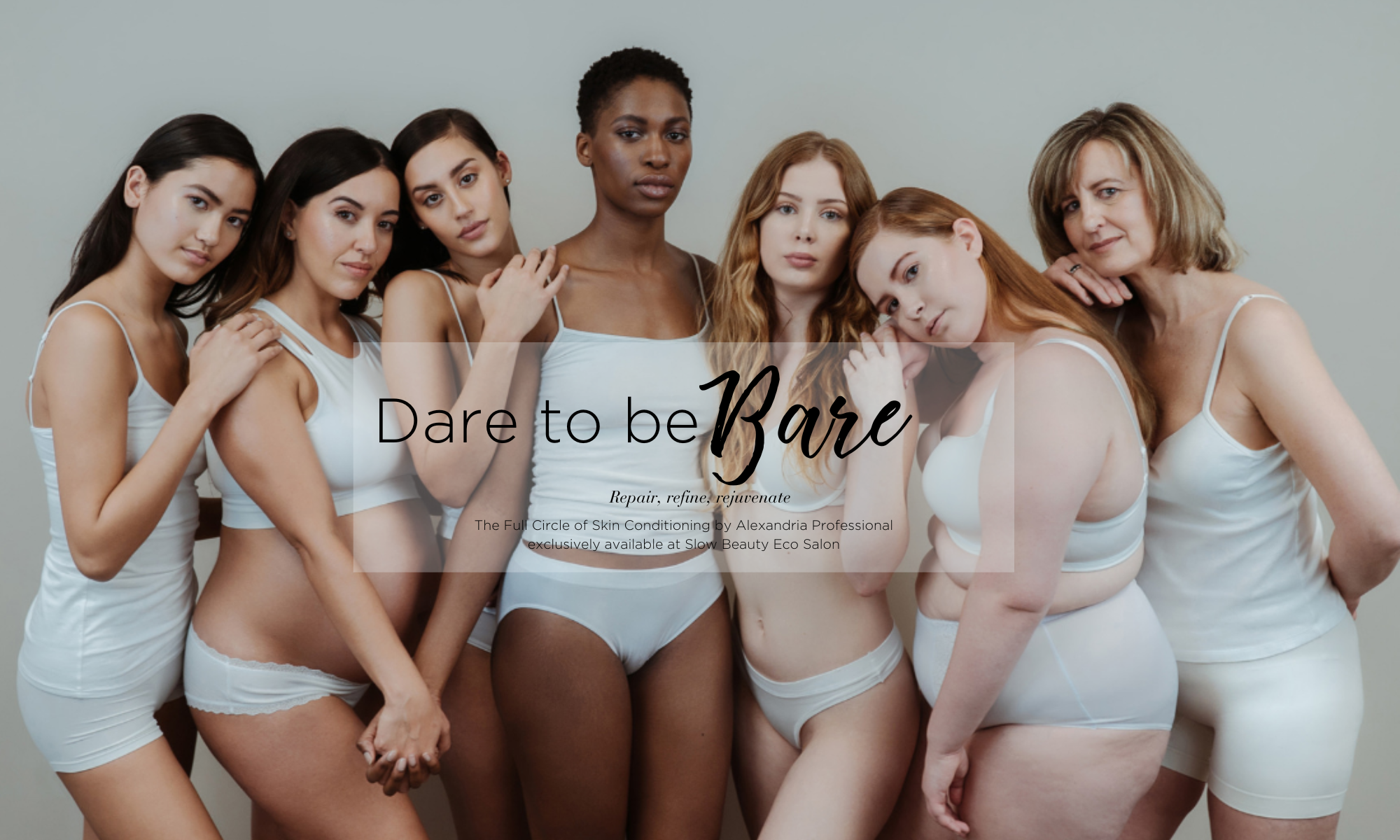 This week Slow Beauty Eco Salon became a signatory to the Green Spa Network’s Pledge For A Greener Future.
This week Slow Beauty Eco Salon became a signatory to the Green Spa Network’s Pledge For A Greener Future.
The Pledge
As a member of GSN and the spa and wellness community, we are committed to promoting the vital connections between personal well-being, economic sustainability and the health of our planet. We recognize that consciously and continuously managing our environmental and social relationships is key to our success.
We understand that greening principles, products and technologies are continually evolving. We intend to respond to these developments and apply “best practices” that have a positive impact for our employees, customers and our local and global community.
Our goals are to:
– Provide and promote products, services and business practices that do not harm people, planet or prosperity.
– Engage in and inspire actions that result in a positive impact for personal and planetary vitality.
– Share our efforts with our local and global communities to raise their awareness of the connections between personal and planetary vitality.
 To accomplish this, we will:
To accomplish this, we will:
– Apply conservation practices to our use of water, energy and other resources.
– Adopt responsible reuse, recycling, and waste management and disposal practices.
– Reduce the use and promotion of products that contain hazardous substances.
– Source materials and supplies from companies that conduct their operations in a socially and environmentally responsible manner.
– Make these objectives an integral part of our business planning and decision making
– Commit to continual improvement and revision based on evolving sustainable values and practices and our ability to implement better solutions.




 Slow beauty is conscious choices culminating in better health and wellbeing, it’s rituals and renewal, it’s small movements towards balance, it’s a culmination of mind, body and spirit. Slow Beauty is self care.
Slow beauty is conscious choices culminating in better health and wellbeing, it’s rituals and renewal, it’s small movements towards balance, it’s a culmination of mind, body and spirit. Slow Beauty is self care.